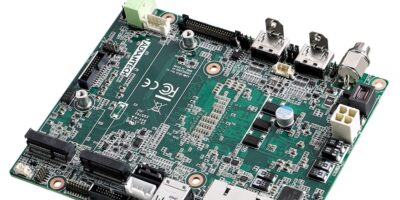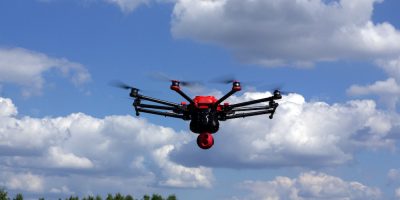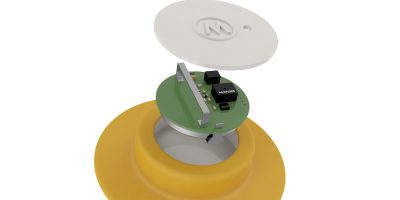The AIMB-U233 is a palm-sized motherboard by Advantech that is targeted at smart applications. It is the first Core i platform in Advantech’s UTX family.
The small form factor design is powered by powerful 8th generation Intel Core processors (i3-8145UE / i5-8365UE / i7-8665UE). The AIMB-U233 motherboard combines high computing performance with diverse I/O ports and M.2 expansion slots for digital applications that require a small footprint, such as integrating into kiosks as well as medical and factory automation applications.
Smart factory applications require enhanced computing power integrated peripheral devices to enable machine vision and deep learning yet have limited installation spaces. The Advantech AIMB-U233 motherboard is compact (112 x 137mm) and offers four COM, four USB, two HDMI, two GbE LAN, 16-bit general purpose input/output (GPIO) and three M.2 expansion slots. The Intel Core i7-8665UE processor is particularly suitable for complex computing tasks, says Advantech.
The M.2 expansion slots allow increased functionality and flexible configuration options. The AIMB-U233 is equipped with M.2 M-key, M.2 E-key, and M.2 B-key compatibility to support diverse applications and boost computing performance. Combining the M.2 M-key interface with four-lane NVMe PCIe can increase storage read/write speeds up to 400 per cent compared to a traditional SATA 3.0 SSD. The system can automatically switch into SATA mode when a cost-effective SATA SSD is installed.
To meet the increasing demands of wireless connectivity, the M.2 E-key and M.2 B-key connectors can be used to integrate Wi-Fi/Bluetooth and 4G LTE modules and support a wide range of wireless applications. Both expansion slots can also be used for storage via a two-lane PCIE SSD (M.2 E-key) and/or SATA SSD (M.2 B-key). For machine vision applications in automated factories, the M.2 E-key connector supports the use of Advantech Movidius modules for artificial intelligence (AI) computing.
For security and to protect against cybersecurity attacks, the AIMB-U233 motherboard is equipped with TPM 2.0 to enable data security with hardware-based encryption and authentication. The provision of RAID support enables data mirroring to mitigate the impact of hardware failures.
Software options include the over the air (OTA) BIOS, offering seamless updates and a backup recovery mechanism to reduce the need for servicing by equipment technicians.
The board supports a number of Linux distributions and offers a Linux image based on Ubuntu 20.04, a part of the Windows 10 IoT.
To resolve minor computing glitches, the embedded USB controls can be used to discontinue power supply from the device. The COM ports can be configured to RS-232/422/485 mode via the BIOS, which is KVM-accessible through Intel vProtm.







